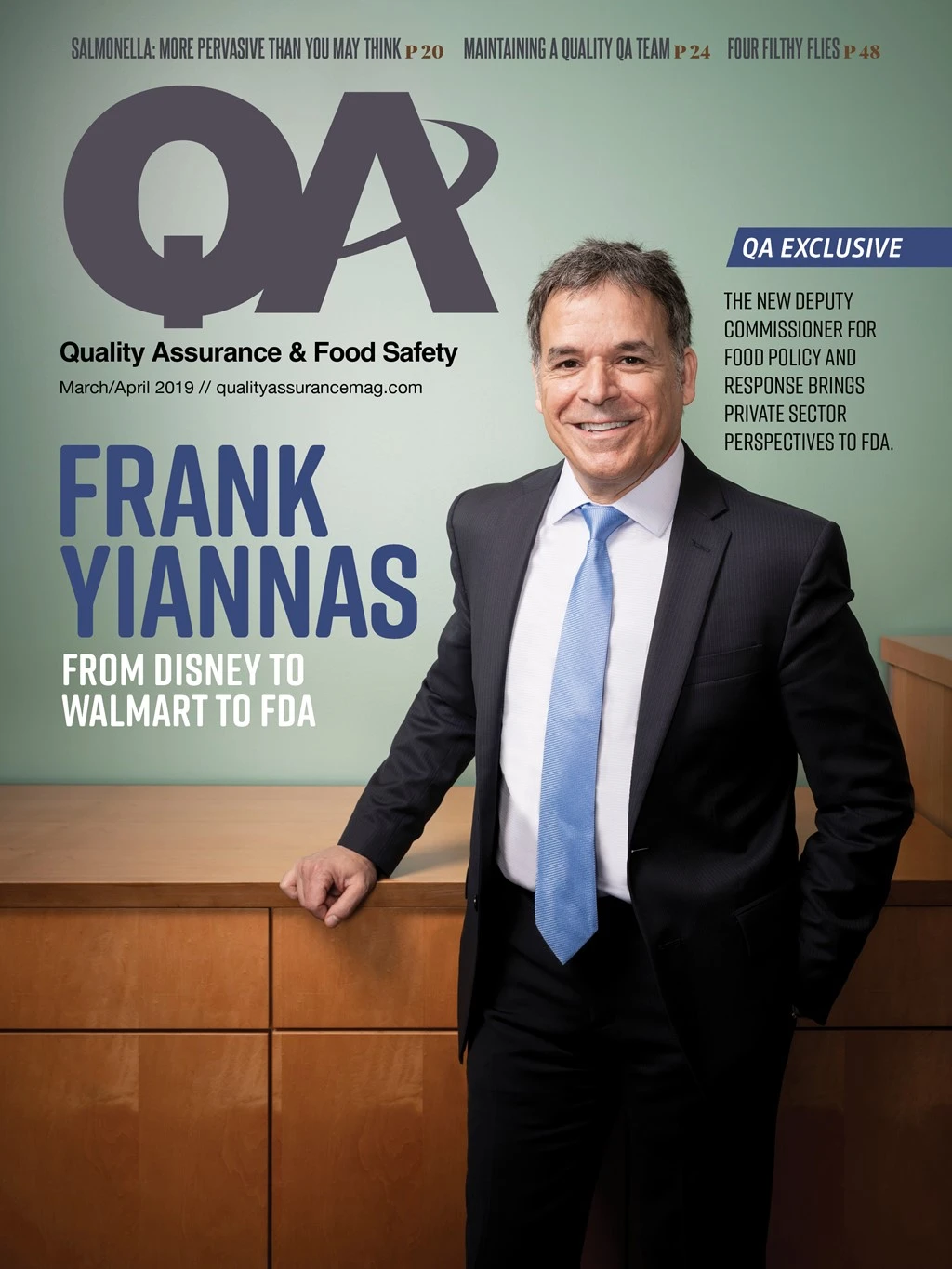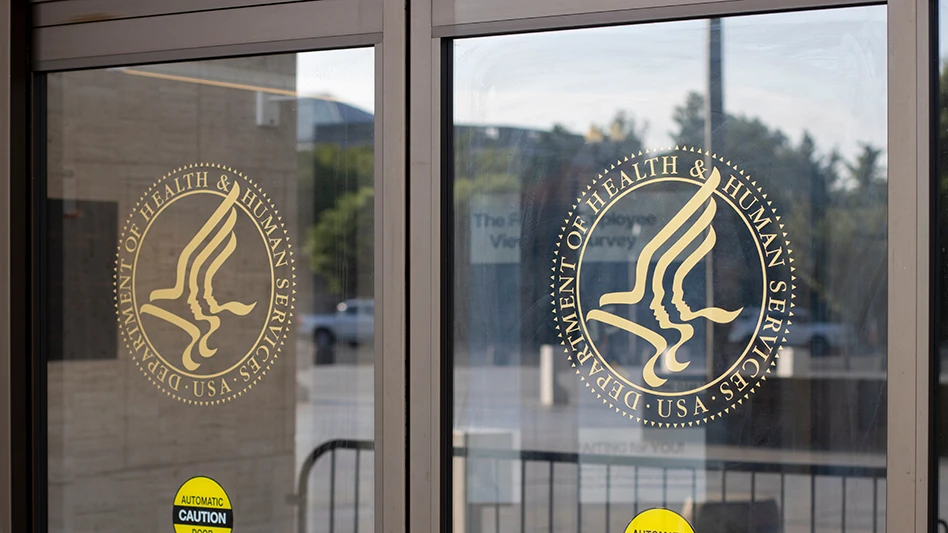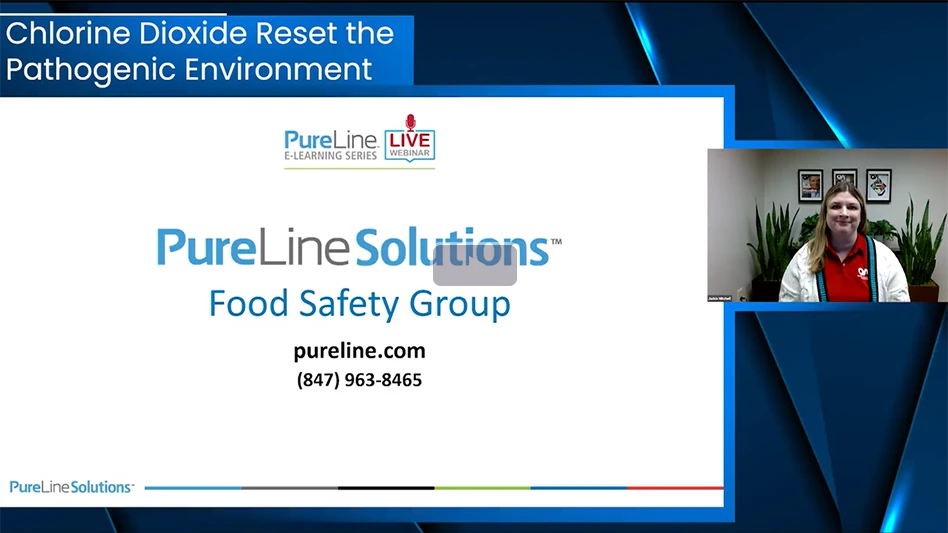
By Lisa Lupo
In late 2018, the Interagency Food Safety Analytics Collaboration (IFSAC) published a report on foodborne illness source attribution from 1998 through 2016. The report used outbreak data to produce new estimates for foods responsible for foodborne illnesses caused by four pathogens in 2016: Salmonella, E. coli O157, Listeria monocytogenes, and Campylobacter.
While all these pathogens are of concern because of the frequency and/or severity of the illnesses they cause, the results of the Salmonella illness assessment are of particular interest: Unlike the other pathogens which were most often linked to specific foods, Salmonella illnesses were broadly attributed across multiple food categories. As stated in the report, “The attribution of Salmonella illnesses to multiple food categories suggests that interventions designed to reduce illnesses from these pathogens need to target a variety of food categories.” Such interventions should include a combination of detection, prevention, and control.
DETECTION. “Salmonella is tricky, especially because it can contaminate the processing environment from the outside and inside,” said Corvium Co-Founder & Chief Innovation Officer Michael Koeris. Birds or rodents that get into the facility could track in Salmonella or it could be brought in on the food itself.
But, because it is a common hazard for many food categories, food manufacturers need to think about FSMA and HACCP standards in their preventive practices, he said. “That means a thorough analysis of what the hazards are, how they manifest in the facility and process, and then devise control systems — both critical and preventive — to prevent Salmonella from being an uncontrolled hazard that contaminates the produced foodstuff.”
One area on which a food facility should focus to detect Salmonella is the identification and monitoring of key hotspots, said Hygiena Territory Sales Manager and Government Affairs Tyler Stephens. These can include spots such as drains and niches in conveyor belts and equipment.
If the pathogen is detected, the facility needs to identify whether it is a transient or resident strain. One way to do this is through riboprinting, by which one can determine if a similar strain has been found in the past or if it is a new strain. While whole genome sequencing (WGS) also can be used for this purpose, some facilities feel that it retains too much information. Instead, the use of riboprinting generates genetic, strain-level “fingerprints” of bacteria and compares them against other patterns to identify contaminating organisms and how they entered the production environment.
PREVENTION. To fulfill the requirements of FSMA, a food organization has to regularly survey its environment to be confident that it’s appropriately controlling environmental risk. Thus, Koeris said, “To find and control Salmonella, a food organization has to actually look for it. Some organizations — despite regulations — don’t want to look for the pathogen, so they can claim it doesn’t exist in their facilities. This, of course, does not work, because they’re still ultimately responsible for contamination, particularly if it leads to illness and recalls.”

However, if a food organization is actively testing for Salmonella and does find it in the facility, it must be corrected immediately, he said. “In doing so, a forward-looking organization will develop improved processes, and through these, find Salmonella and other hazards less and less throughout their facilities, truly reducing the risk of an adverse foodborne event.”
To further prevent, or contain any finding of Salmonella, many processing facilities set up and monitor hygienic zones, Stephens said, and use ATP testing after sanitation to prove its effectiveness. Additionally, he said, it is important for facilities to ensure they are following strong GMPs and HACCP plans.
Food safety should always be seen as a mission critical priority. “No other negative event can cause such immediately catastrophic results to the business as a recall, much less an outbreak that actually sickens people,” Koeris said. Keeping up with food safety is easier today than even before, he added, “If and only if the appropriate technological solutions are adopted.”
CONTROL. “What’s really important about control of Salmonella is for your staff to have a food safety culture,” Stephens said. “Foster a culture where you want to find contaminants present and destroy them.”
“Controlling Salmonella depends on how and where a food organization finds the pathogen,” Koeris said. For example, if it’s a transient contamination, it’s important to assess if the Salmonella came from an external or internal source. The next step is to quarantine the area to prevent further contamination. Then it’s about assessing what is needed to remove the detected Salmonella through sanitation, which could require simple cleaning or complete replacement of drainage systems or machinery.
More importantly, he added, “A food organization needs to document the entire process. The FDA and USDA will conduct inspections at some point, so an organization has to have the appropriate documentation to show how it remediated a positive Salmonella test.”
Technology and automation can make documentation more efficient and easily achieved — transforming it from an intense scheduling effort to technologically randomized testing which provides a map of environmental monitoring activities. Having such a food safety plan in place to proactively survey each zone of a production facility can reduce the likelihood of illness or recall, ultimately preserving brand integrity and confidence in the auditing process from regulatory bodies. “This frees up an organization’s ability to focus on other needs of the production floor, but it also creates consistent communication between employees and facilities, puts confidence into the auditing process, and ensures a rigorous food safety program,” Koeris said.
BEST PRACTICES. “When it comes to reducing Salmonella contamination, everything a food organization does should be driving how it reduces the likelihood of an outbreak and recall, so it’s important to think about hazard analysis on the production floor,” Koeris said. The law is the minimum, and just following the law doesn’t mean a food organization is producing safe food. Instead, he said, it’s the organization’s responsibility as a food manufacturer to ensure it is preventing contamination.
An area in which Stephens sees best practices being conducted in food facilities is that of the rapid quantification of Salmonella rather than just qualification of results. That is, he said, “You don’t just need to know if it is there, you need to know how much is there.” Thus, rather than working with most probable numbers (MPN), he recommends that facilities work with real-time PCR molecular technologies which, typically, can provide accurate results within a shift.
Salmonella can survive in a partially dehydrated form, such as with cereal, as seen in Kellogg’s 2018 Salmonella recall. As such, Koeris said, “It’s a pathogen that will force food organizations to think about their processes and food safety program. The lesson is that food suppliers must ensure that they only release ingredients — from environments — that have been tested. If Salmonella is detected, remediation involves rigorous cleaning, checking to ensure the machinery is clean, then sampling and surveilling continuously.
“Technology solutions that enable the automation of this workflow are essential as human/manual means are imperfect and prone to failure,” Koeris said.
The author is Editor of QA magazine. She can be reached at llupo@gie.net.

Explore the March 2019 Issue
Check out more from this issue and find your next story to read.
Latest from Quality Assurance & Food Safety
- Kim Heiman Elected to Second Term as President of Wisconsin Cheese Makers Association
- FAO Launches $150 Million Plan to Restore Ukrainian Agricultural Production
- Pet Food Company Implements Weavix Radio System for Manufacturing Communication
- Penn State Offers Short Course on Food Safety and Sanitation for Manufacturers
- USDA Announces New Presidential Appointments
- FDA to Phase Out Petroleum-Based Synthetic Dyes in Food
- IFT DC Section to Host Food Policy Event Featuring FDA, USDA Leaders
- CSQ Invites Public Comments on Improved Cannabis Safety, Quality Standards





